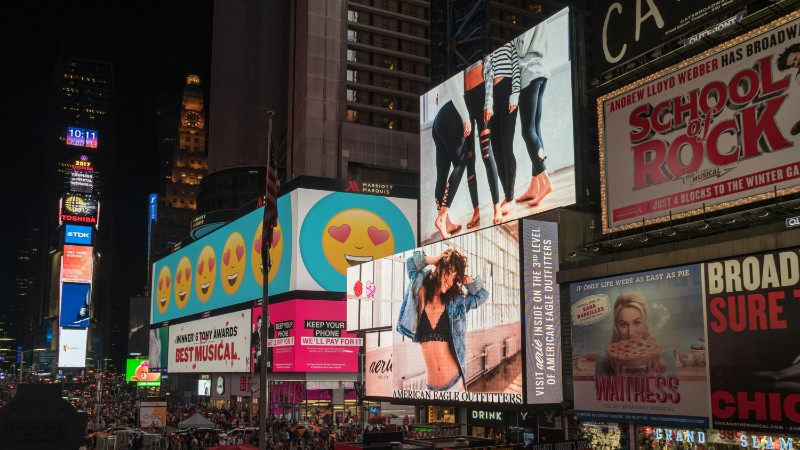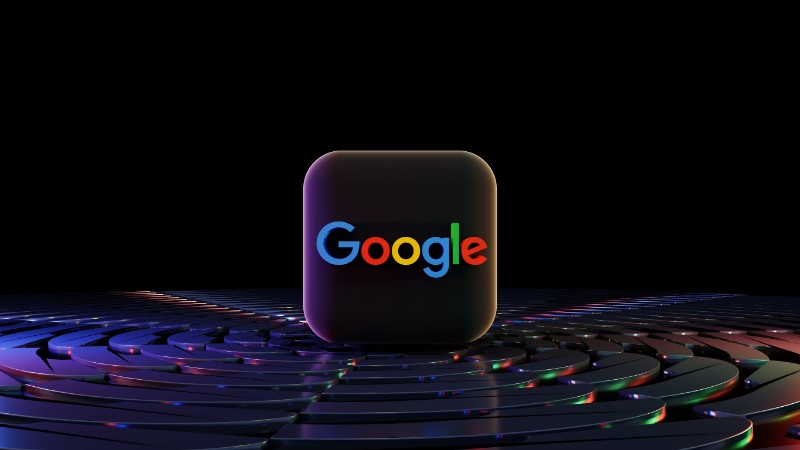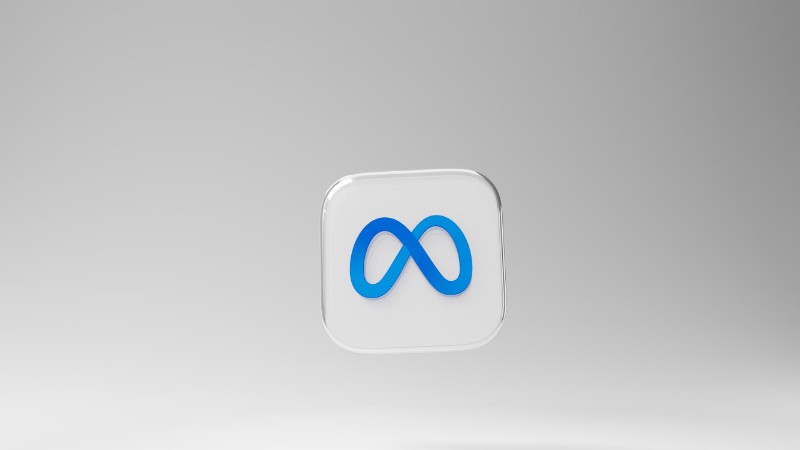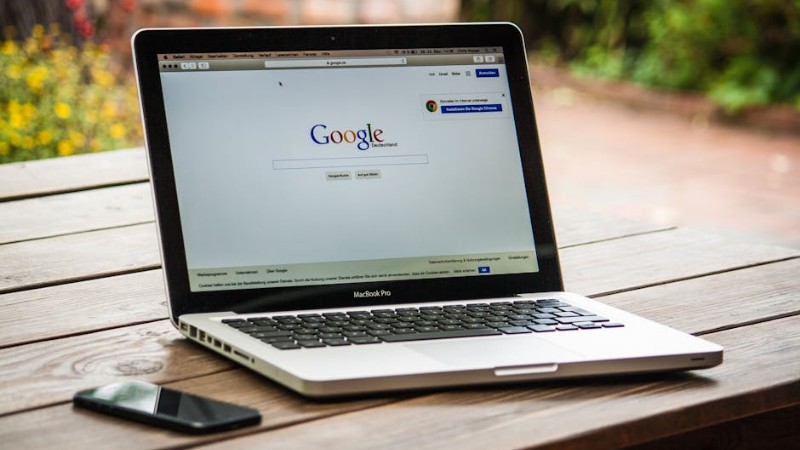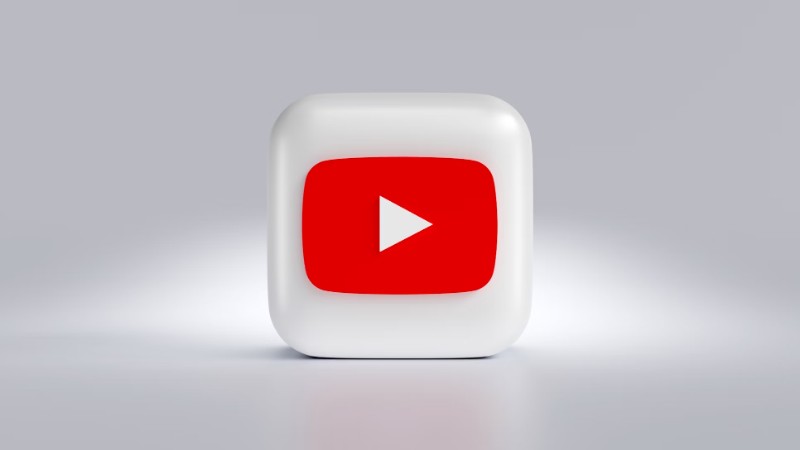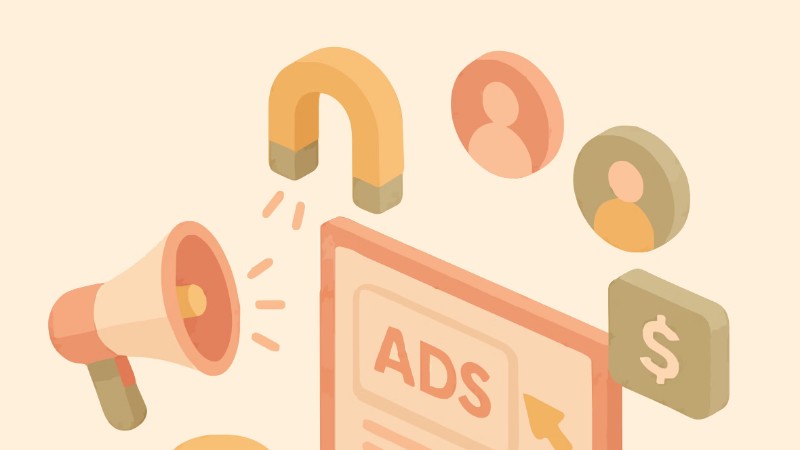Should you hire a Pay-per-click (PPC) advertising expert or manage campaigns in-house?
Industry InsightsPay-per-click (PPC) advertising is one of the most direct ways to reach customers and drive sales, especially for online retailers. Whether you’re a startup or a growing DTC brand, deciding between hiring an expert or managing campaigns internally can shape how effective your budget is. This choice can impact performance across platforms like Google Shopping and Facebook ads for online stores. What experts bring to the table A seasoned expert from an eCommerce PPC agency can improve your return on ad spend by adjusting keyword strategies, testing ad copy, and optimising bids. Agencies focused on DTC marketing understand customer behaviour and sales funnels. They also stay current with ad platform changes and compliance rules. For brands using Google Shopping management, expert oversight can prevent wasted spend on low-intent clicks and ensure product feeds are accurate and up to date. In-house control has trade-offs Managing PPC internally allows for more involvement in messaging and campaign goals. It’s an attractive option for small teams or brands that want to stay hands-on. But effective campaign setup takes time to learn. Without the skills to monitor performance or adjust targeting, campaigns may underperform. Tools like smart bidding help, but they don’t replace a full-funnel strategy that aligns with business goals. Cost comparison and long-term value Hiring a DTC marketing agency or paid search expert can seem expensive upfront, but it often leads to better efficiency. Experts focus on reducing cost-per-click and improving lead quality. By contrast, poorly managed in-house efforts can burn through ad budgets quickly, especially if audience targeting is off or landing pages aren’t aligned with ads. When expert help becomes necessary If your campaigns aren’t converting or you’re unsure how to improve performance, that’s when professional help matters. Whether you need full eCommerce paid search support or help with Facebook ads for online stores, an expert can provide clear strategies backed by data. They can also help with A/B testing, goal tracking, and long-term growth.
